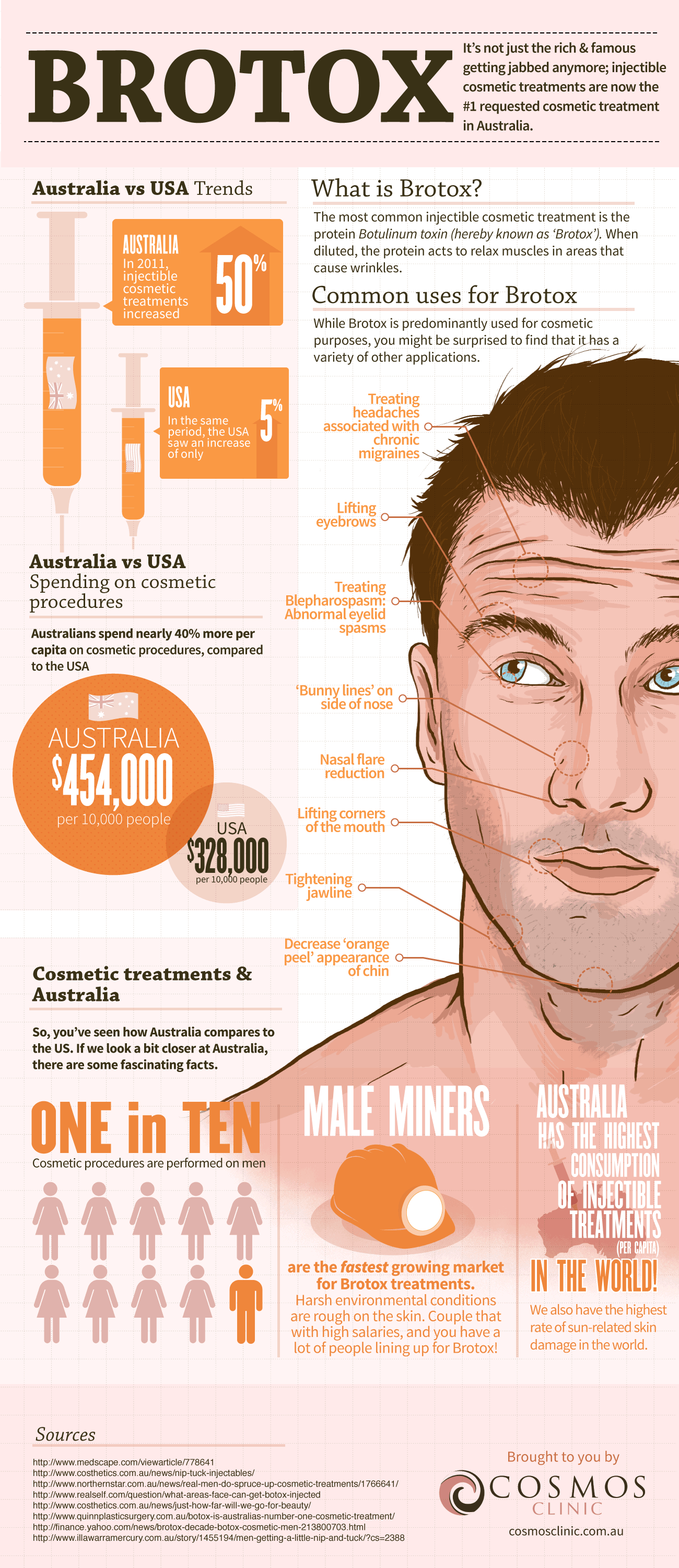How Long Does Acne Last
How Long Does Acne Last
Blog Article
How Does Photodynamic Treatment (PDT) Job?
Photodynamic therapy (PDT) integrates a light-sensitive medicine with unique light to kill cancerous and precancerous cells. Your doctor places the drug on your skin or inside your eye and after that shines a light on the therapy area.
This combination kills cancerous cells and saves healthy and balanced cells. Yale Medicine pulmonologist George Eapen, M.D., discusses how this functions.
The Photosensitizer
Photodynamic treatment (PDT) utilizes a combination of light and a medication called a photosensitizer to eliminate malignant or precancerous cells and spare healthy cells. You obtain a shot of the photosensitizer, which is after that triggered by light in your body. The photosensitizer is taken in by both healthy and malignant cells yet isn't hazardous up until it is activated by the light.
Light-absorbing particles, called photosensitizers, are discovered in plants and animals, consisting of human beings. There are lots of photosensitizers, however many are able to soak up a certain variety of light wavelengths.
Once the photosensitizer is revealed to a light with a coordinating spectral range, it's transformed from its ground state right into a thrilled singlet state. This enables it to move energy to molecular oxygen, generating singlet oxygen and cost-free radicals that moderate cellular poisoning.
The Light
Throughout treatment, a special light is beamed on the area where the photosensitizer was applied. This light turns on the medication and destroys cancer cells or precancerous cells that it has actually targeted.
The medications that are used in photodynamic treatment have different absorption residential or commercial properties and some of them might take hours to leave typical cells but continue to be longer in cancer cells or precancer cells. This procedure allows the medical professional to target cancer cells much more precisely than various other types of therapies that utilize visible light, such as lasers or electrocautery [54]
Photodynamic treatment can treat the earliest places of sunlight damage called actinic keratosis and can decrease skin cancer cells advancement in individuals at high danger for developing the problem. It is likewise an option for some individuals with wet kind age-related macular degeneration, which is an usual root cause of loss of central vision in older grownups. It can not restore the loss of vision brought on by this disease, yet it can decrease the development of irregular blood vessel development that causes damp AMD.
The Activation
Photodynamic therapy (PDT) utilizes a medication and light to deal with cancer and various other skin conditions. It targets precancerous cells and eliminates them. Unlike other cancer cells treatments that melt and destroy, this therapy kills precancerous cells while saving healthy cells.
The photosensitizer is delivered right into the skin through topical, dental or intravenous administration. It is taken in by the tumor cells and triggered when exposed to light of a certain wavelength. This triggers a sequence of photochemical responses that generates responsive oxygen species (ROS) that damages lump tissue and eliminate cancer cells.
PDT is most often utilized to treat actinic keratoses and in situ squamous cell cancer (Bowen disease). It can likewise be used to treat various other types of skin cancer cells, including shallow basic cell carcinoma. It can be utilized alone or with various other treatments, such as surgical procedure or radiation. It can even diminish lumps in the lungs, allowing surgical treatment or various other treatment to be secure and effective.
The Treatment
PDT functions best in little uncommon areas of tissue that a source of light can reach, such as the skin, eyes, mouth or food pipe (gullet) and lungs. It is also utilized to deal with precancerous growths, such as actinic keratoses, which are sun-damaged cells that can become cancer cells.
Medical professionals administer the photosensitizer as a cream or shot, and then radiate a light on the therapy location. The light destroys the irregular cells. While healthy and balanced cells absorb the photosensitizer, it stays much longer in cancerous cells.
After the procedure, your body normally disposes of the dead cells. Clients with lung cancer cells might experience divulging blood or have a bronchoscopy to clear the lungs of the dead tissue. In many cases, your doctors may utilize a bronchoscopy to get rid of the photosensitizer from the lungs as well if it causes severe signs and symptoms. It is necessary to stay inside your home and utilize facial sun block when you go outside while the photosensitizer is in your system.